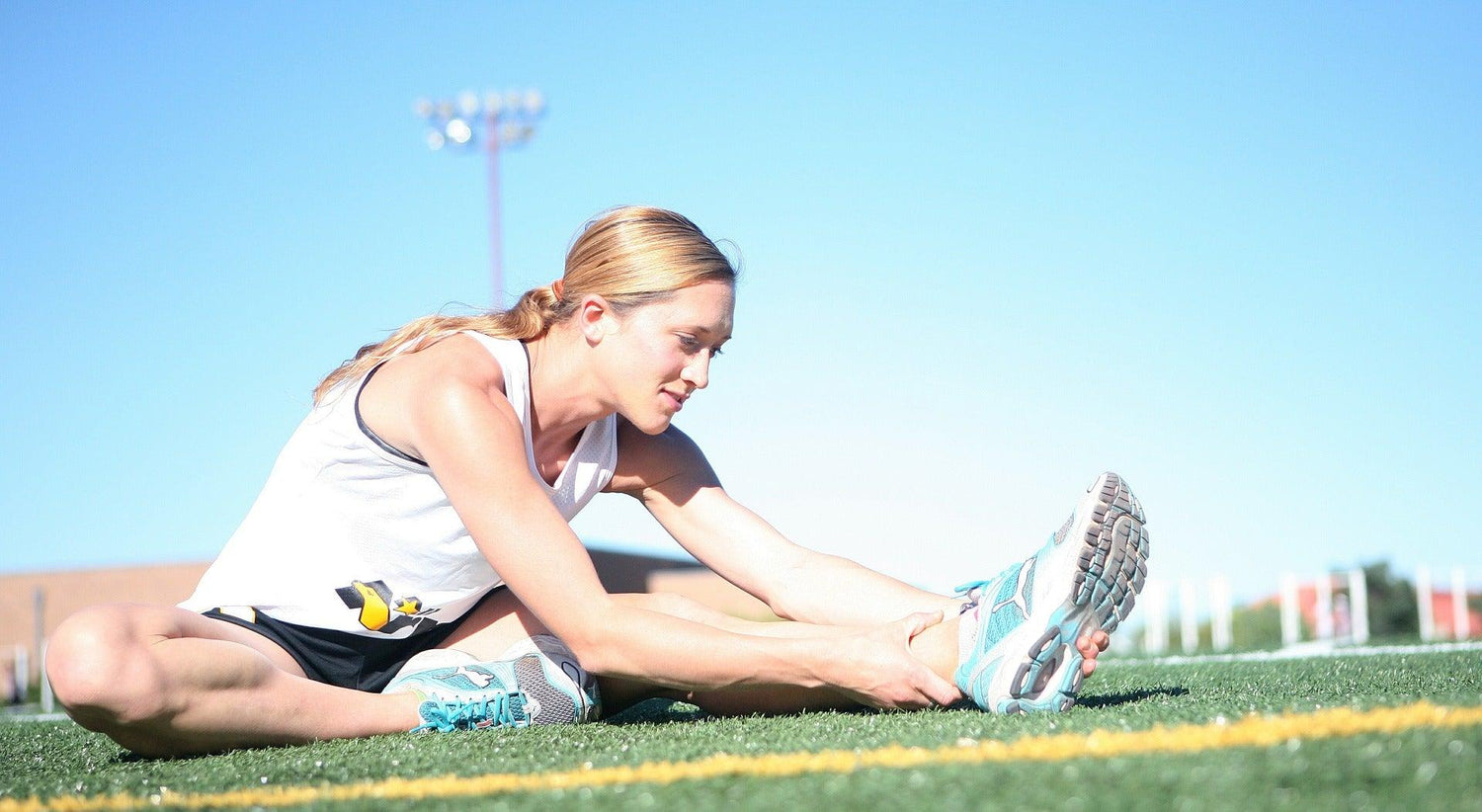Setting running milestones is an excellent way to track progress and stay motivated. From completing your first 5K to hitting a sub-7-minute mile, each achievement brings you closer to your personal best. Whether you're just starting or have years of experience, these 11 milestones for runners will help elevate your running game. Invest in the best running socks for added comfort and performance as you work toward these milestones.
- Finishing Your First Mile
Completing your first mile is an excellent milestone for new runners. If you need help figuring out where to start, try using a beginner-friendly running plan incorporating walking and running intervals. Apps like Nike Run Club or MapMyRun offer customizable programs to help you gradually build endurance. Consider wearing compression socks during your runs to support your muscles and prevent soreness. They can improve circulation and reduce fatigue, making your training experience more enjoyable and effective.
- Finishing Your First 5K
Completing a 5K is an excellent starting point for new runners. If you need help beginning your training, consider using the Couch to 5K app, which guides beginners through interval training three days a week over nine weeks. For added support and recovery, wearing compression leg sleeves can help reduce muscle fatigue and improve circulation, keeping you comfortable throughout your training journey. This structured plan will have you race-ready in no time.
- Your First Blister
Getting your first blister is like a rite of passage for runners. It's a sign that you're putting in the miles. To prevent blisters in the future, invest in well-fitting shoes that allow for about a thumb's width of space between your toes and the end of the shoe. Also, keeping your toenails neatly trimmed can help reduce the risk of friction-related blisters. Knowing how to prevent blisters while running will save you from discomfort on your journey.
- Your First Streak
A running streak involves running daily for a set period, even as little as seven (7) days and as many as 30 days. Participating in a streak can help build consistency and mental toughness. Even running just one mile daily qualifies, so it's accessible to runners of all levels. Using some boredom-busting tips for runners can keep you motivated throughout your streak.
- Joining Your First Running Group
Running groups have surged in popularity across the United States. They offer more than just physical exercise; they provide community, accountability, and motivation. Joining a running group can transform your running experience. It's a fantastic way to meet like-minded people and share tips. If you need help finding a local group, consider starting your own! The reasons to start running are endless: physical fitness, social interaction, and community support.
- Your First Pair of Compression Socks
As you get more serious about running, you'll realize the importance of investing in quality gear like compression socks. They help with recovery, reduce swelling, and minimize leg fatigue. Plus, with many styles available, you can find a pair that matches your personality and keeps you looking stylish. Make sure you know how to choose the right compression socks to get the best results.
- Running Your First 10K
Ready to step up from a 5K? A 10K race tests your endurance and mental focus. It's a challenging yet achievable goal that builds on your running foundation. Wearing cooling compression socks can help regulate temperature and reduce muscle fatigue, making staying comfortable throughout your training easier. Pair these with motivational running quotes to keep you inspired and confident as you work toward this milestone.
- Achieving a Negative Split
A negative split involves running the second half of your race faster than the first. This pacing strategy conserves energy early on, allowing you to finish strong. A fitness watch can help you monitor your speed and ensure you're not going out too fast at the start. If you want to learn more about running, even if you're not running, read these five (5) books about running for strategies to enhance your performance.
- Your First Trail Run
Trail running introduces you to varied terrains, engaging different muscle groups than road running. It can reduce the risk of overuse injuries and add an element of adventure to your routine. Whether you're new to trails or experienced, it's beneficial to understand common running injuries and how to prevent them for a safer experience.
- Running 30 Miles in a Week
Building up to 30 miles a week is a significant milestone for runners preparing for longer races. It requires careful planning and adherence to the 10% rule—never increasing your mileage by more than 10% per week. Use the best running apps to track your progress and stay on your goals.
- Running Your First Sub-7 Minute Mile
Pushing your speed to break the sub-7 minute mile barrier is a rewarding challenge. Cross-training activities like swimming or cycling can improve your strength and speed. Consider incorporating cross-training activities for runners into your routine to enhance your performance and reduce the risk of injury.
- Completing Your First Half-Marathon
A half-marathon is a significant leap that requires dedication and training. Breaking the 13.1 miles into manageable segments, such as two 4-mile runs and one 5.1-mile run, makes the distance less daunting. Sidestep common pitfalls by learning from mistakes first-time half-marathoners should avoid.
Tips to Stay Motivated To Achieve Running Milestones
- Set Realistic Goals: Start with achievable goals to avoid burnout. Whether running a certain distance or improving your pace, setting targets keeps you focused and motivated.
- Mix Up Your Routine: Incorporate different routes, terrains, and types of workouts to keep things interesting. Changing up your routine prevents monotony and helps build diverse skills.
- Join a Running Group: Running with others can provide a sense of community and accountability. Join a local club or group to stay motivated and make new friends.
- Track Your Progress: Use apps or journals to record your runs. Seeing your progress over time can be incredibly motivating and help you stay committed.
Common Mistakes Runners Should Avoid
- Overtraining: Pushing too hard without adequate rest can lead to injury and burnout. Follow a structured training plan and incorporate rest days to allow your body to recover.
- Ignoring Warm-Ups and Cool-Downs: Skipping these crucial steps can increase the risk of injury. Always start with dynamic stretches and end your run with a proper cool-down routine.
- Wearing the Wrong Gear: Quality compression socks provide added support and help reduce issues like discomfort or swelling. Pair them with good running socks and well-fitting shoes to prevent blisters and maintain focus on your goals. Avoid using old or worn-out gear.
- Not Listening to Your Body: Pay attention to signs of fatigue or pain. Ignoring them can lead to more severe injuries. Rest and seek medical advice if necessary to avoid setbacks.
Frequently Asked Questions
What are good running milestones?
Good running milestones include:
- Completing a first 5K.
- Achieving a personal best time.
- Running a half-marathon.
- Maintaining a consistent weekly mileage.
What is the meaning of a milestone in the running?
A running milestone is a significant achievement or goal that marks progress, such as completing a specific race distance or improving race times.
What age do runners hit their peak?
Runners typically hit their peak performance between the ages of 25 and 35.
At what age do runners stop running?
There is no specific age when runners stop running; many continue well into their 70s and 80s, though they may adjust intensity and distance as needed.

































Leave a comment
This site is protected by hCaptcha and the hCaptcha Privacy Policy and Terms of Service apply.